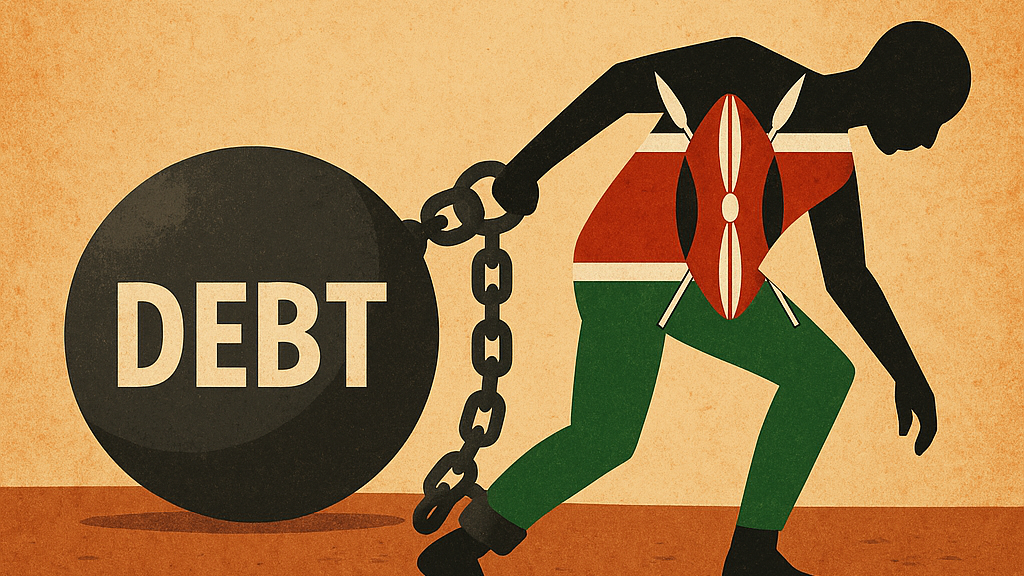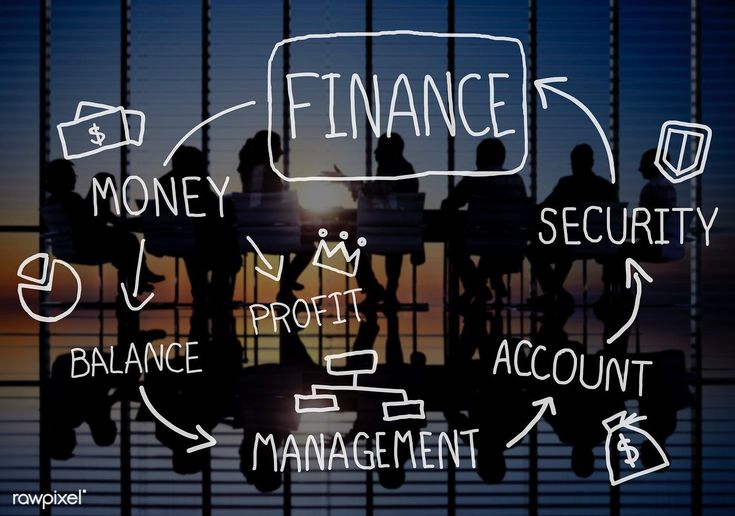
Kenya faces a significant increase in household debts with many citizens turning to loans to meet basic needs amid economic challenges. By February 2025, household credit had reached KES 554.6 billion marking a rise from previous years. Appropriately, 64% of Kenyan households have been reported to take out loans a notable increase from 34.6% in 2024.
The CRBs, being a main threat as it collects and maintain information on individual’s and businesses’ loan performance. The loan repayment history from banks, mobile lenders, credit reports and credit scores. One is always negatively listed if you default or delay loan repayment.
Reduced disposable income this has forced many Kenyans to reduce entertainment and luxurious activities affecting tourism and other entertainment sector. Debt cycle is increasing as there is creating a debt trap mostly from mobile lenders as they offer debts easily. People take debts to pay debts as they cannot live without it
People are mentally and emotionally stressed, fear of CRB listing or harassment has also threatened lenders as one may not even be employed by government or NGOs. Reportedly, some people even commit suicide due to lack of money to repay the loans. The loss of assets tied to collateral may lead to depression and high blood pressure.
Compromised living standards mostly on the basic needs as people reduce food, cheaper schooling and skipping of medical care. Social strains as people borrow from friends leading to stigmatization.
To avoid and help reduce loan taking, people should prioritize financial literacy and debt education. Government should offer loans with low interest to enable one repay back. Loan lenders should also promote saving culture rather than making people to take debts. Debt restructuring programs, responsible lending regulations.
Government should also reduce tax rates for the basic needs so that it may not affect children. CRBs reforms should make it easy for borrower to dispute wrong listing.
The rising personal debt levels in Kenya depicts the need for enhanced financial literacy, accessible credit facilities and robust economic policies to support citizens in managing debts effectively.

